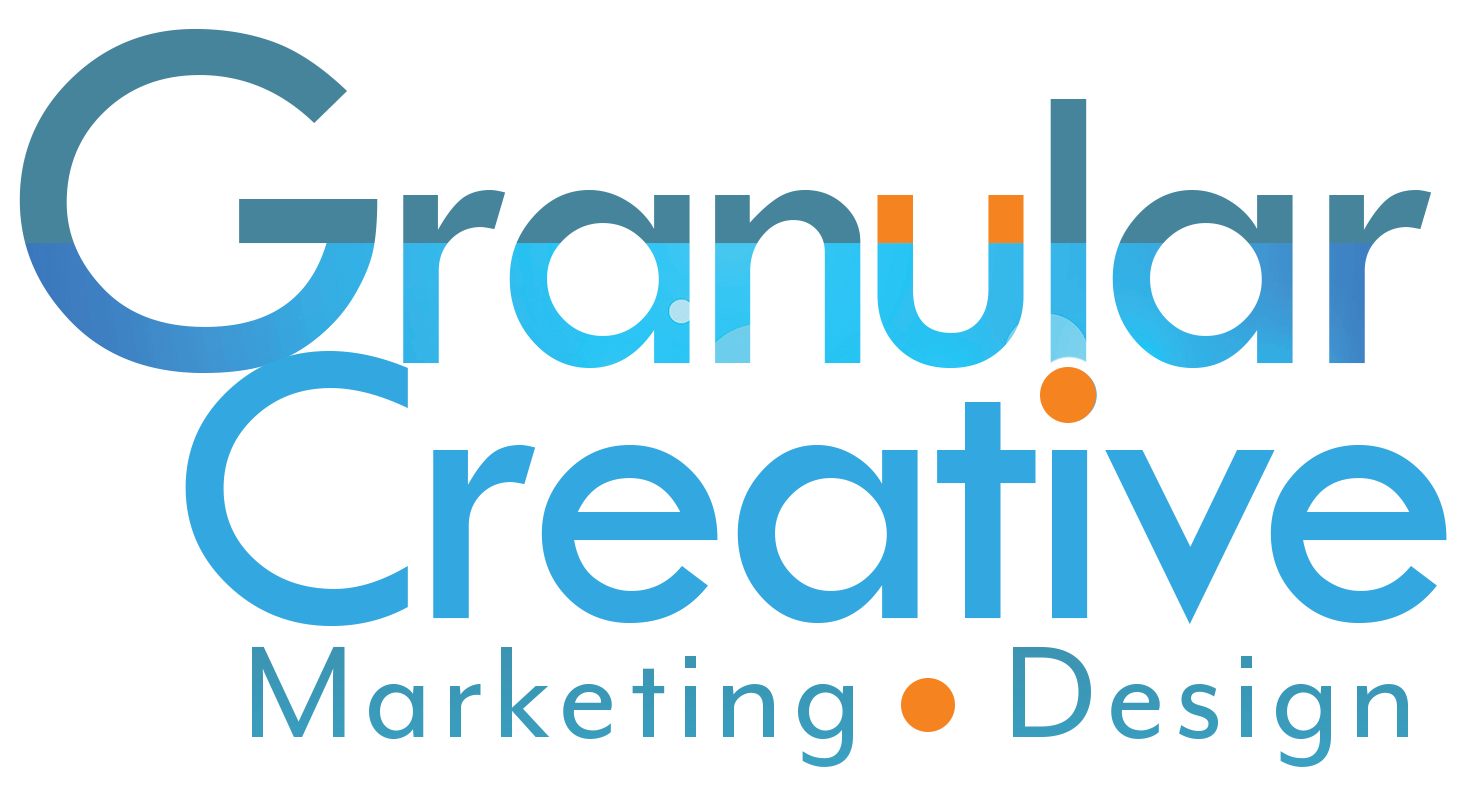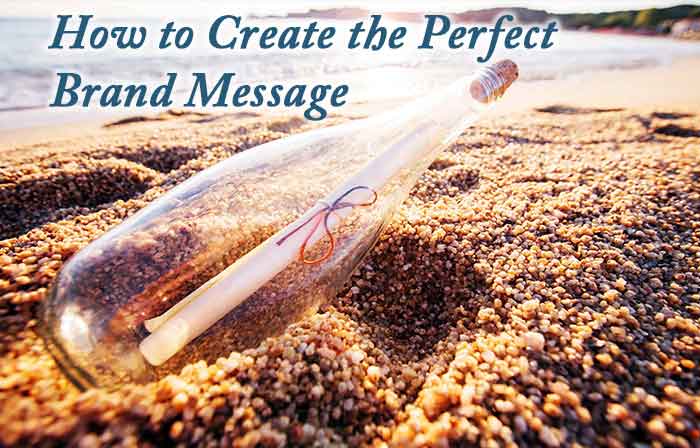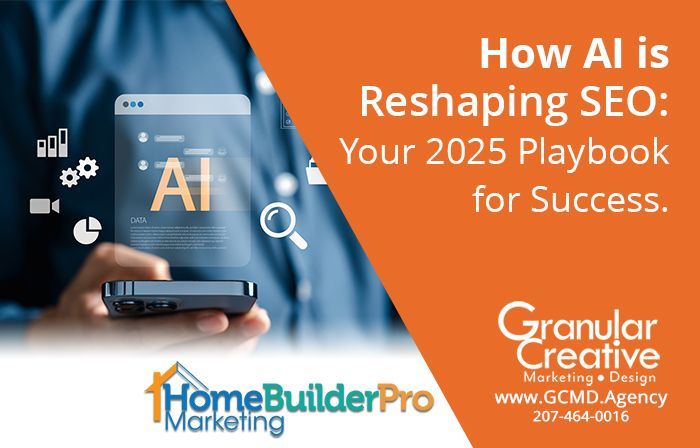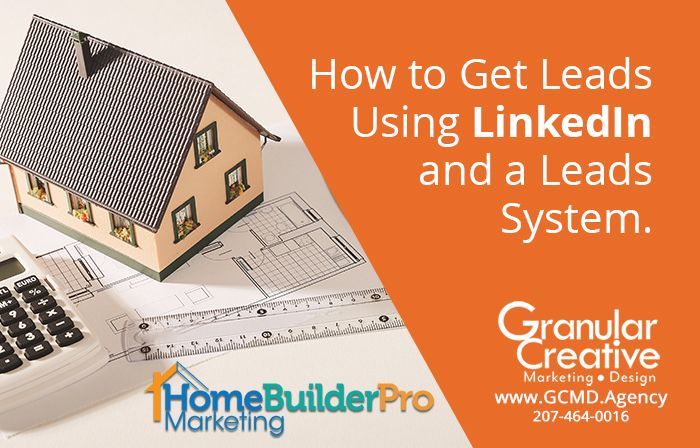How to Create the Perfect Brand Message in 5 Simple Steps
As we all know, a logo design is only part of the branding process. The critical part of branding is defining your brand message.
At the core, your brand message should answer this question in as few words as possible (under 10): Why should a client hire you over a competitor? Ask yourself these questions about your business: who you are, what do you really offer, who are your ideal customers, how can you solve their problems and what makes you unique in the marketplace.
Imagine for a minute, that you’re traveling in the elevator of a high rise building from the ground floor to the 10th floor. There’s a business person on the elevator, a prospective client, that you’ve wanted to meet for a long time. You’re the only two people on the elevator and both or you are going to the 10th floor – non-stop. How would you describe your brand between the ground floor and the 10th floor so the prospect is intrigued about your business and will want to continue the conversation after the doors open? If you have a well-defined brand message, this conversation will be a no-brainer.
Know who you are and who you aren’t
Believe it or not, many people and businesses have a tough time accurately describing themselves. Ask anyone who’s writing a resume and cover letter how hard it is to accomplish this task. It’s no different with business owners, decisions-makers, marketer or sales people who are trying to craft a sales letter to make a positive impression on a potential client. It’s especially difficult, and even confusing, if the individual or business offers a variety of products and services.
Here are a few tactics to discover your identity:
- Conduct a Survey. Ask you customers what they think of your business. If you own a small or one-person business, ask your mentors, friends and clients. Put serious thought into the questions so that you receive honest answers – not just the answers you want to hear. Provide an opportunity for customers to openly comment on your business persona and brand, customers service, products, sales, business referral and their overall experience with your company. Surveys can be in-person but make sure you document all answers and comments then evaluate for common threads and themes in the responses. The answers could be an eye-opener on the positives and negatives about your business. Finally, expect only 15-20% to respond to an emailed survey. If the survey is done face-to-face or through a phone call, the response will be much higher.
- Inventory Strengths, Weaknesses, Opportunities and Threats. What are you great at doing and what should you avoid? Focus on your strengths and discontinue or outsource the things you are not good at doing. What new opportunities can you identify that you might have overlooked? Has the market changed or are there new competitors who threaten your business? Again, this should be easy, but most find the SWOT analysis takes more time and work than expected so allow a fair amount of time for this important step.
- Identify what you can consistently do well or produce that a generates a profit. The key is making a profit at a service you provide or a product you sell – not just make a living. Profit enables you to grow a sustainable business.
- Define what you’re passionate about and why? Articulate what you love doing and why you get so excited about doing it. This is the rocket fuel for your business so take the time to sort this out.
- If you’re a Jack-of-All-Trades, figure out a way to “bundle” what you do under one label, such as a business consultant to a specific industry or being an expert in solving a specific business problem. Separate your services and skills from your niche market so that you can pivot your business to new, more profitable niche markets, if needed.
Know your Clients
How well do you know your client? I’m acquainted with a financial advisor who knows his clients very well: their education, income, number of children, neighborhoods, where they vacation, the types of cars they drive, their job titles, where they dine, the schools their children attend, etc. He also knows their life goals, obstacles to reaching those goals then provides top advice on how to reach those goals no matter what the market is doing. He knows their pain-points and challenges and provides personal advice to his clients, so they can avoid an undesirable future.
You get the idea. Know your clients and pain-points on a deep level so you can deliver solutions that alleviates their pain – either now or in the future.
What do you offer that relieves pain for your customer?
Now that you know more about yourself and your customers, how can you best relieve your customer’s pain? What do you or your business do that uniquely solves a problem and causes your solution to stand out in the marketplace? Why should your customers buy form you and not your competitor? If you consistently reduce or remove a client’s pain, you could have a raving fan for life. Be crystal clear about your pain-solution for your clients.
Narrow Your Focus and Business Offerings
“No one can be all things to all people” and do an excellent job. We are all finite in what we can accomplish: limited in time, talent, knowledge and resources. Use what you have wisely and focus on the outcomes you can achieve while stretching to reach bigger, long-term objectives. Running lean can have a powerful effect on a business on all levels and deliver stronger profits. If needed, focus on one or two solutions with laser-intensity when building your brand. You can always expand your offerings once you have a solid following of clients. Again, focus on your client’s pain-point with precision, provide the best possible solution, delivered consistently and at just the right time.
Craft Your Brand Message
If you’ve taken an honest assessment of your business, you should have quality data and insights to help craft your brand messaging. Review the data and look for patterns that point to a direction. Ultimately, your brand message should answer the question, “Why should your client hire you over your competitor?”
A perfect example of a brand message is outlined in the book, “Why Should I Choose You?” Authors and marketing consultants, Ian Chamandy and Ken Aber, share a story of a retail shelving company who consistently delivered and installed their products ahead of schedule, enabling retailers to open their stores earlier and start making money rather than experiencing delays and additional costs. The shelving company developed the brand message “Open Sooner” which speaks directly to their client’s pain-point and makes an inspiring promise to their clients. This brand message was applied throughout the company impacting marketing, sales, customer service, production and installation.
Craft your brand message to connect to your client’s pain and deliver an inspiring promise. Then apply the brand message throughout your organization for an outstanding culture and unforgettable experience for your clients.
Let us know about your journey toward defining your brand message. If you need assistance defining your brand message, reach out to us at Design@gcmd.agency or give us a call at 207-464-0016. We’d love to give you a hand with your branding.




